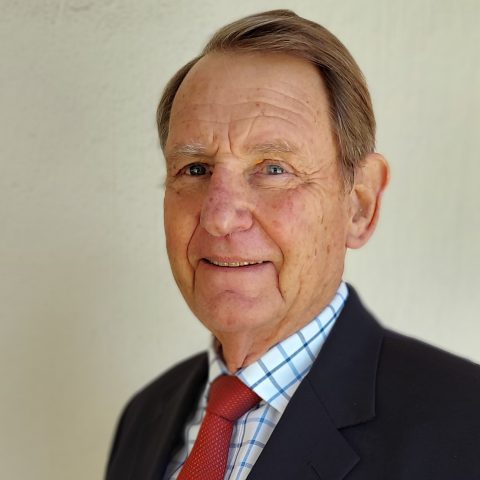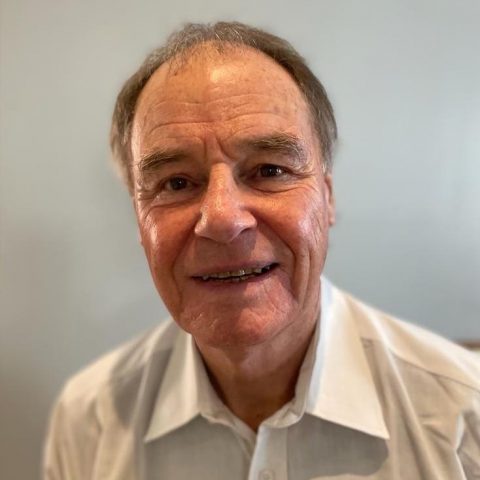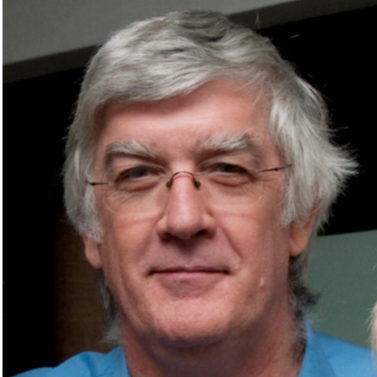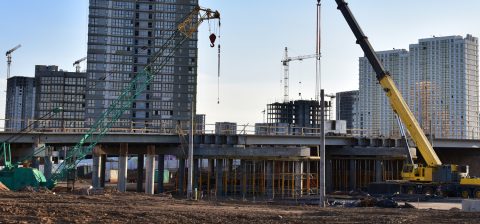Infrastructure PR
Public-Private Partnerships ‘For Engineers By Engineers’
SAICE members John Samuel (PrEng; PrCPM; C Eng; AFP), and Wynand Dreyer (PrEng; ISPE; AFP) discussed the essential aspects of PPPs; and their collaborative presentation style and combined years of experience in the engineering and built environments, as well as in PPPs, allowed a seamless conversation and interaction with the audience. The webinar was moderated by Jeshika Ramchund, Chairperson of SAICE’s Environmental Engineering Division.

Samuel is a registered engineering professional with over 45 years of experience specialising in infrastructure and facilities development, maintenance and management. He was a member of the National Treasury Standardisation Review Committee to produce a standardised PPP agreement; and is currently a member of the National Treasury PPP review committee for a review of PPPs in South Africa funded by the World Bank.

While Dreyer’s professional engineering career spans more than 45 years with experience in infrastructure operation, public transport, accommodation PPPs and toll highway concessions. He has advised both public and private sector clients on PPPs for infrastructure developments, managing concessions and operations in accommodation, tourism, and toll roads.
Samuel made reference to ‘the good, the bad and the ugly’ with regard to the history of infrastructure projects in South Africa, but what was integral, he added, are the benefits that PPPs enable through creating partnerships, value, and diligently following the PPP process. “Identify Treasury’s PPP Unit advisor at an early stage of a project and work very closely with that individual throughout the process. It is very important that we realize that the PPP involves detailed planning upfront.”

He added: “A PPP is not just focused on infrastructure development; it’s about the development and operations in an integrated manner. So, we’re taking people out of their comfort zone of relying on FIDIC, NEC, JBCC, or any of those types of contracts. And we’re now presenting a different integrated approach for the development and management not just providing infrastructure, but in providing “availability” of a functioning asset for a user to carry out their core focus – such as enjoying the experience of a well-constructed, consistently maintained road.”
Dreyer walked the audience through the three pillars of a PPP, which are value for money, affordability, and risk sharing. “The government has to show value for money. Otherwise the PPP doesn’t work. At the same time, it’s got to be affordable, so whoever is procuring and needs that service, has to be in a position to pay for it, either through a unitary fee or equally to users of toll roads, users of services, such as water supply, etc. You should really only enter a PPP contract where you can demonstrate value for money and affordability.”
Samuel added: “Risk is not only on the side of the private partners; no, the risk is shared between the public and private sector during the partnership by the party best able to manage the risk. Not all risk is on the shoulders of the private sector, even though operationally and financially, the private sector takes much more accountability.”
Dreyer explained that the PPP process is structured and intelligent and can be done successfully. “Government is essentially the party that must push forward the PPP process but the private sector needs to understand how to apply the National Treasury’s PPP manual so that they may be effectively involved in PPP structures.”
Both Samuel and Dreyer meticulously took the audience through the steps to set up a PPP. These are inception, feasibility, procurement, development (design and construction), delivery (operations and maintenance), and expiry (potential reletting of the PPP contract). They also highlighted the most important aspects of this process as well as timelines; and how such a process proved valuable to the public and investors.
Meanwhile, in collaboration with the SAICE Academy, Samuel and Dreyer will run a series of two courses for Engineering Council of South Africa members, SAICE members and other built environment professionals. The courses are split into two parts – Part 1 (6 online sessions) will focus on what it takes to put a PPP together, and Part 2 (6 online sessions) will focus on the roles of engineers and other built environment professionals in a PPP. Members will receive 1 CPD point for the six sessions of Part 1 of the course; and 1 CPD point for the six sessions in Part 2.

Tom McKune, SAICE’s Head of Training, explains that Part 1 of the course is entitled: “What does it take to put a PPP together?” He added that it is a series of two-hour online seminars comprising a presentation followed by a question and answer session and interaction. “The course has been assigned 1 CPD point for completion of the full course with five out of six sessions being the minimum requirement. Pre-reading, of sections of the PPP Manual or case studies may be required.”
He adds that the first part of the course includes:
- PPP Financials and Risk Transfer for Non-Accountants.
- The documentation – Contract discussion for Non-Lawyers.
- Feasibility Study Requirements and Approvals needed for Procurement to Commence.
- The Procurement Plan, Documents, Processes and Approvals to reach Commercial Close and Financial Close.
- Contract Management during the Development and Operations Phases.
- The Opportunities that PPPs present for Engineers and other Built-Environment Professionals.
Contact details:
Nthabeleng Lentsoane
SAICE Head of Marketing
(011) 805-5947





